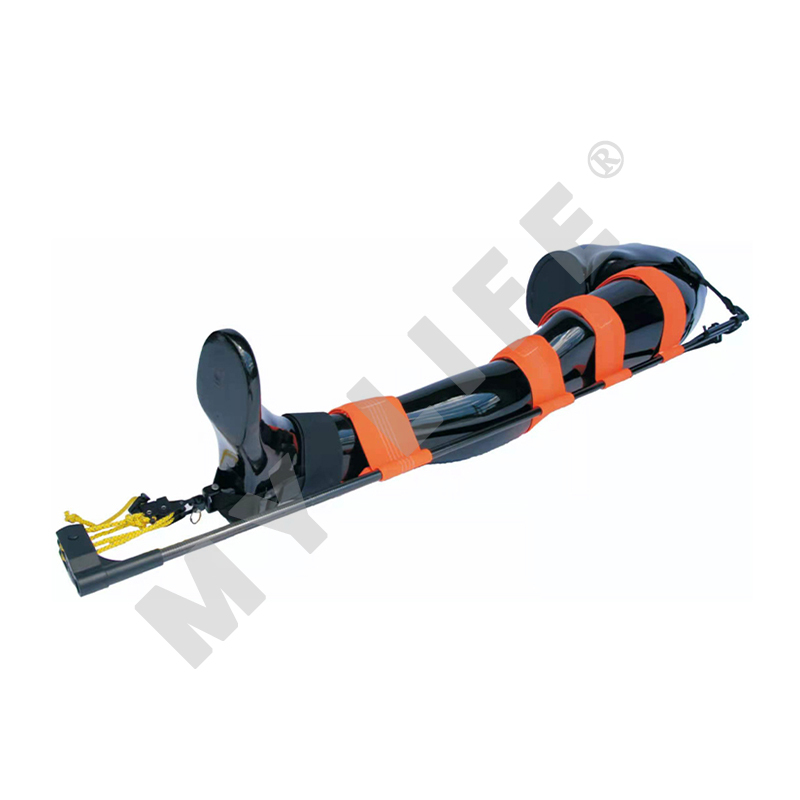A Vital Device for Treating Femoral Fractures
In the realm of emergency medicine and pre-hospital care, having the right tools can make all the difference in saving lives and minimizing long-term complications. One such tool that plays a critical role in managing femoral fractures is the traction splint set.


Understanding Femoral Fractures:
Femoral fractures, involving a break or crack in the thigh bone (femur), can be a result of traumatic incidents such as motor vehicle accidents, falls from heights, or sports injuries. These fractures can be categorized into different types, including shaft fractures, neck fractures, and intertrochanteric fractures, each requiring specific treatment approaches.
The Role of Traction Splint Set:
A traction splint is a specialized medical device designed to stabilize and align femoral fractures while providing traction to the leg. It helps alleviate pain, reduce bleeding, prevent further damage to the surrounding tissues, and improve the chances of a successful recovery. By applying controlled traction, the splint immobilizes the fracture site, maintains anatomical alignment, and minimizes the risk of complications like fat embolism or compartment syndrome.
Components of a Traction Splint Set:
A typical traction splint set comprises several essential components, each serving a specific purpose:
Main Splint: The main splint is the central component of the traction splint set. It usually consists of two parallel rods or poles, made of lightweight and sturdy materials like aluminum or carbon fiber, ensuring both durability and ease of use.
Ankle Hitch: The ankle hitch is a strap or band that secures the patient's foot to the main splint. It is crucial for applying traction and maintaining the alignment of the leg during transport.
Calf Strap: The calf strap is an adjustable strap that secures the lower leg to the splint. It prevents rotation and helps maintain alignment while reducing the risk of further injury.
Traction Mechanism: The traction mechanism, often located at the proximal end of the main splint, allows controlled traction to be applied to the leg. It can be manual, using a ratcheting system, or pneumatic, utilizing air pressure to exert traction.
Application Procedure:
When applying a traction splint, medical professionals typically follow a step-by-step process:
Assess the Injury: Evaluate the patient's condition, assess the fracture type, and ensure there are no contraindications for traction splint application.
Prepare the Patient: Stabilize any associated injuries, immobilize the patient on a backboard or stretcher, and administer appropriate analgesics or pain management.
Position the Leg: Gently straighten the injured leg, avoiding excessive manipulation or force, and assess leg length to ensure alignment.
Apply the Splint: Align the main splint alongside the patient's leg, with the ankle hitch securing the foot and the calf strap securing the lower leg to the splint.
Adjust and Apply Traction: Activate the traction mechanism, applying traction in a controlled manner until the desired amount of tension is achieved. Monitor the patient's comfort level and neurovascular status throughout the process.
Secure the Splint: Fasten any additional straps or attachments on the splint to ensure it remains securely in place during transport.
In emergencies involving femoral fractures, the application of a traction splint set is a critical intervention that can significantly improve patient outcomes. By providing stabilization, alignment, and controlled traction, these devices help relieve pain, minimize complications, and enhance the chances

 英语
英语 中文简体
中文简体






